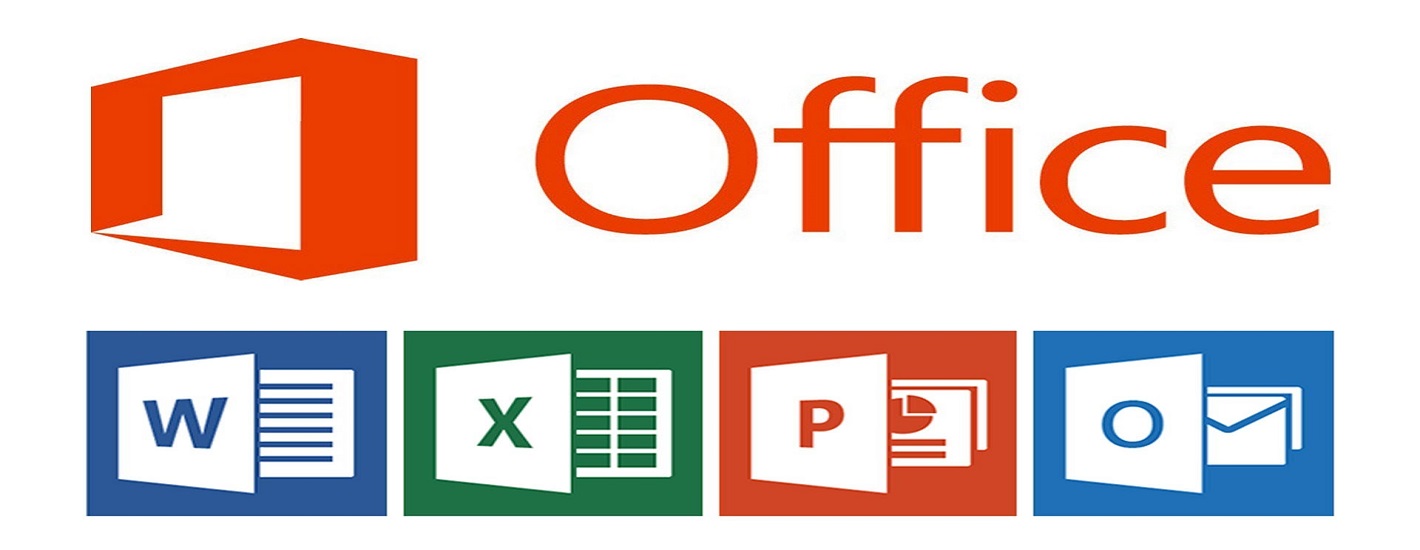Tableau Training course is provided by Expert faculty with Case studies and scenarios. A tableau is an analytical tool for creating visual analytics. It is used to analyze the data and representing in the form of charts.
There are Various kinds of charts within Tableau that helps to elaborate data that making it is easier for an end user to read the data in an understandable form.
Tableau’s products are used to transform large Data and Solve the Problems in a way that easily understandable to all people.
The Tableau Course provides all the basic concepts about tableau Course, Everyone can understand the concepts even learner from the Beginner, Intermediate and Advanced level People also can understand the Tableau Concepts very effectively.
Tableau Training Course Syllabus
Introduction to Data Where housing
- What is Database evaluation?
- Database Evaluation types
- What is Data where Housing
- Data where Housing Characteristics and Architecture
- Difference between OLTP And OLAP
- What is Dimension table
- When to use Dimension
- Types of Dimension Tables
- What is Fact table and types
- When to use Fact table
- Types of Fact tables
- What is Star schema and snowflake schema?
Business Intelligence
- What is Business Intelligence and Visual Intelligence?
Tableau Introduction
- Why Tableau
- History of Tableau
- Characteristics of Tableau
- Tableau versions.
- Differences between different versions of tableau.
- What is Vizql
- Use of Vizql in Tableau.
- Tableau Architecture and components.
Tableau Components
- What is Tableau Desktop, Server
- What is Tableau Reader
- What is Tableau Online
- What is Tableau Public?
Tableau Extensions
- Types of Extensions
- When to use Tableau Extensions
- Differences between. Twb and .Twbx extensions
View Sections
- What is Dashboard, When to use Dashboard and Ways to use Dashboard
- What is work book and When to use Workbook
- What is work sheet and When to use worksheets
- What is stories their usage
- Ways to use Workbook, Dashboard, Worksheet, Stories
Dash Board Components
- Horizontal
- Vertical component
- Image Component
- Text Component
- Blank Component
Data Connection in Tableau Interface
- Types of Data Connections in Tableau
- Connect to Live Data connection
- Connect to Extract Data connection in Tableau
- Creation of Extract file in Tableau
Data Joins in Tableau
- What is Join
- Types of Joins
- When to use Joining
- Rules to perform the Joins in tableau.
- What is Custom SQL.
- Custom SQL Enabled Custom SQL.
- Writing
- Data Refresh
Data Blending in Tableau
- What is Data Blending
- Types of Data Blending
- When to use Data Blending
- Rules to perform the Joins in tableau
- Join vs. Data Blending
Graphs/Charts/Bars
- Line Graphs
- Single Line graphs
- Dual Line Graphs
- Blended Axis
- Difference between Dual axis and Blended axis
- Horizontal Bar Charts
- Vertical Bar charts
- Side-Side by bar charts
- Stacked Bar charts
- Pie Charts
- Gantt Charts
Maps
- What is Tree Maps
- Heat Maps
- Tree map implementation
- Filed Maps
- What is Geo-Coding and implementation
- Importing External Custom Geo coding
- Symbol Maps
Filters and Types
- What is Filters
- Filters on Dimensions
- What is Wild Card
- Filters on Measures
- Context Filters
- Global Filters
- Quick Filters
- Defining Filters at Source
- Defining Filters at Custom SQL
Creating and Using Parameters
- What is Parameter
- Creating Parameter
- Exploring Parameter Controls
- Work with the parameter
- Click interaction working with parameter
- Parameters and use with real time examples
- Dynamically Show and Hide Sheets with Parameter
Groups and Sets
- What is Group
- When to use Group
- Editing Existing Group
- Limitation of groups
- What is Set
- When to Use Sets
- Types of Sets
Calculated Fields
- What is Tableau Calculation
- When to use INDEX (),RANK (),LAST(),FIRST() Functions
- RUNNING_SUM Calculations
- WINDOW_SUM Calculations
- String Calculations
- Boolean Calculations
- DATE Calculations.
Trend Analysis
- What is Trend Analysis
- Logarithmic Model
- Exponential Model
- Linear Model
- Polynomial Model
Fore Casting and Reference Lines
- What is Fore Casting and implementation
- What is Reference Line
- Lines
- Bands
- Distributions
- Box Plot
Annotations
- Mark Annotation
- Point Annotation
- Area Annotation
Aggregation and Disaggregation
- What is Aggregation
- When to use Aggregation
- What is Disaggregation
- When to use Disaggregation.
Page-shelf or Automated Maps
- What is Page Shelf?
- When to use Page Shelf
- Page Shelf Customized Controls
Drop Lines
- What is Drop Lines
- When to use Drop Lines?
- What is summary Card?
- When to Use summary Card in Tableau?
Actions in Tableau
- What is Actions & When to use Actions
- Types of Actions in tableau
- How to Trigger the Action
Hierarchy in Tableau
- What is a Hierarchy?
- Relation between Drill downs, Roll ups and Hierarchies.
- What are Automatic Hierarchies?
- How to create Custom Hierarchy in Tableau?
- Removing Hierarchy
Tableau Advanced Charts – User defined Charts (IMP)
- Water Fall charts
- Donut charts
- Funel Charts
- Lollipops charts
- Whisker plots.
- Scatter plot
Tableau Training Course in Hyderabad



